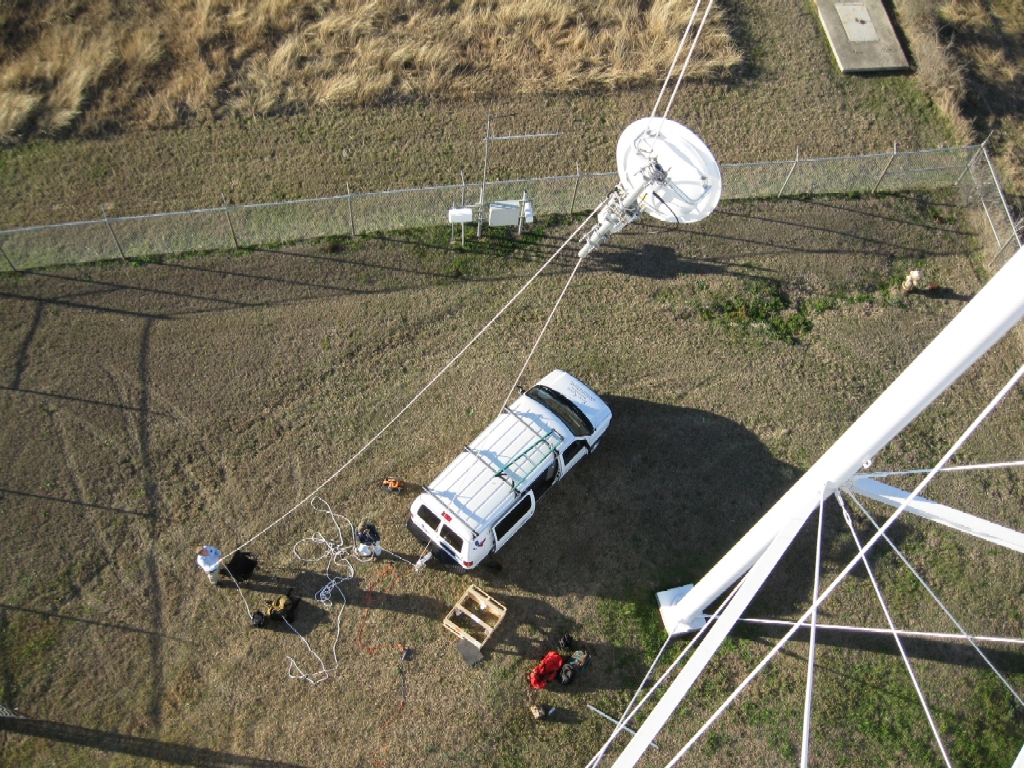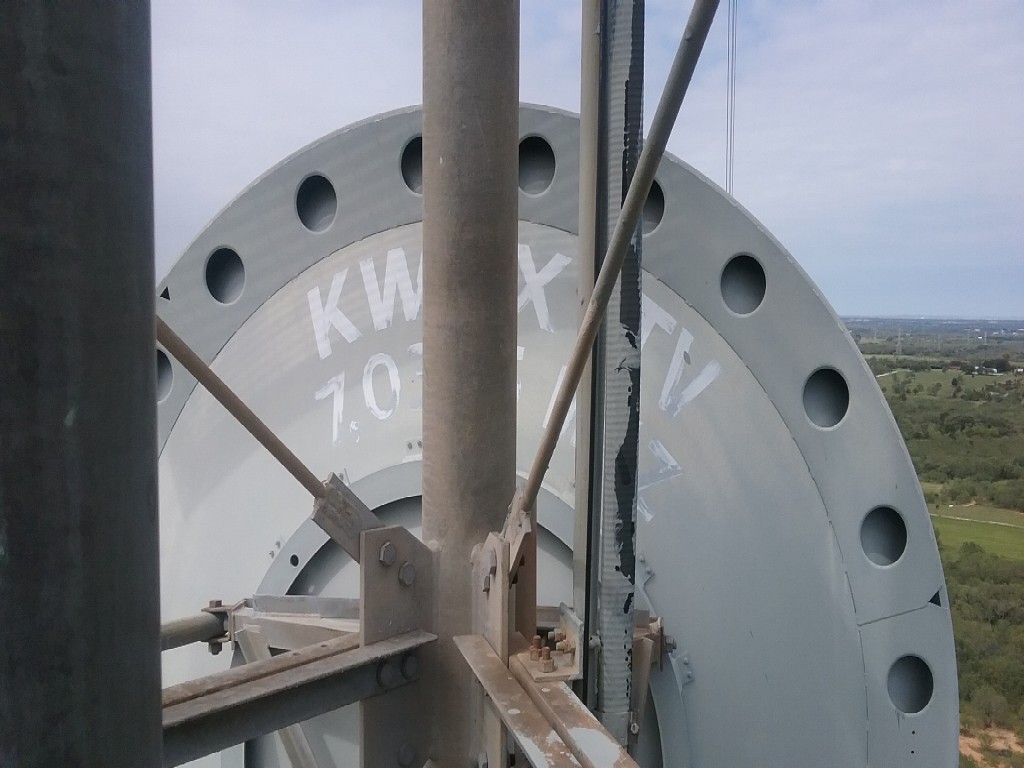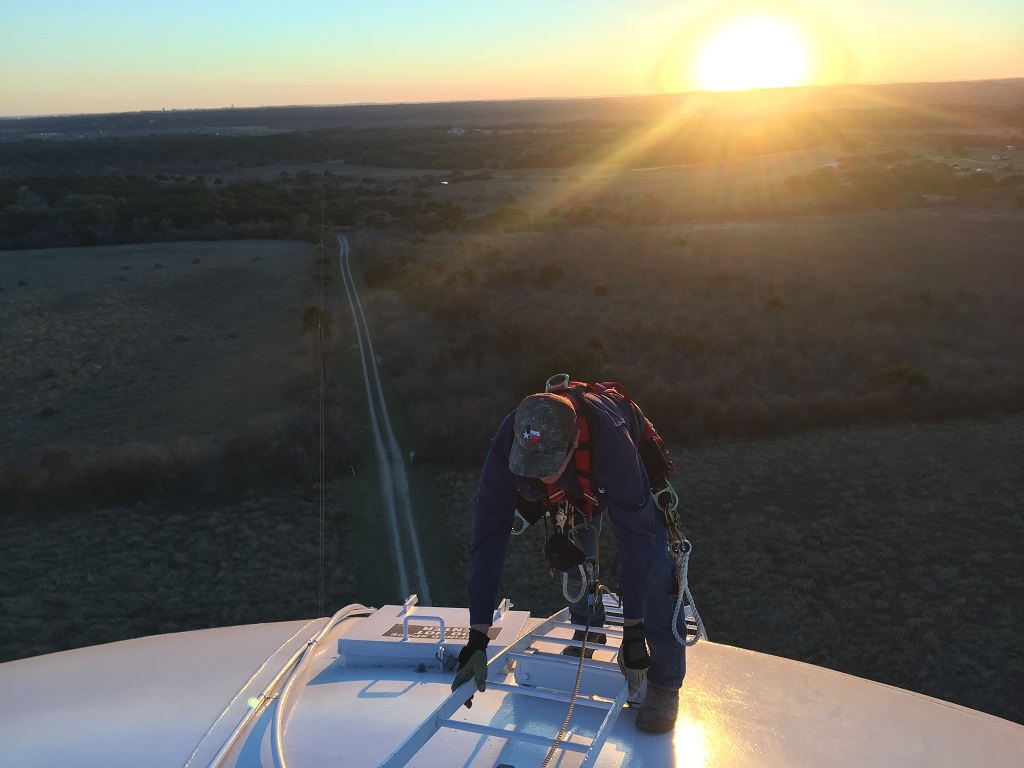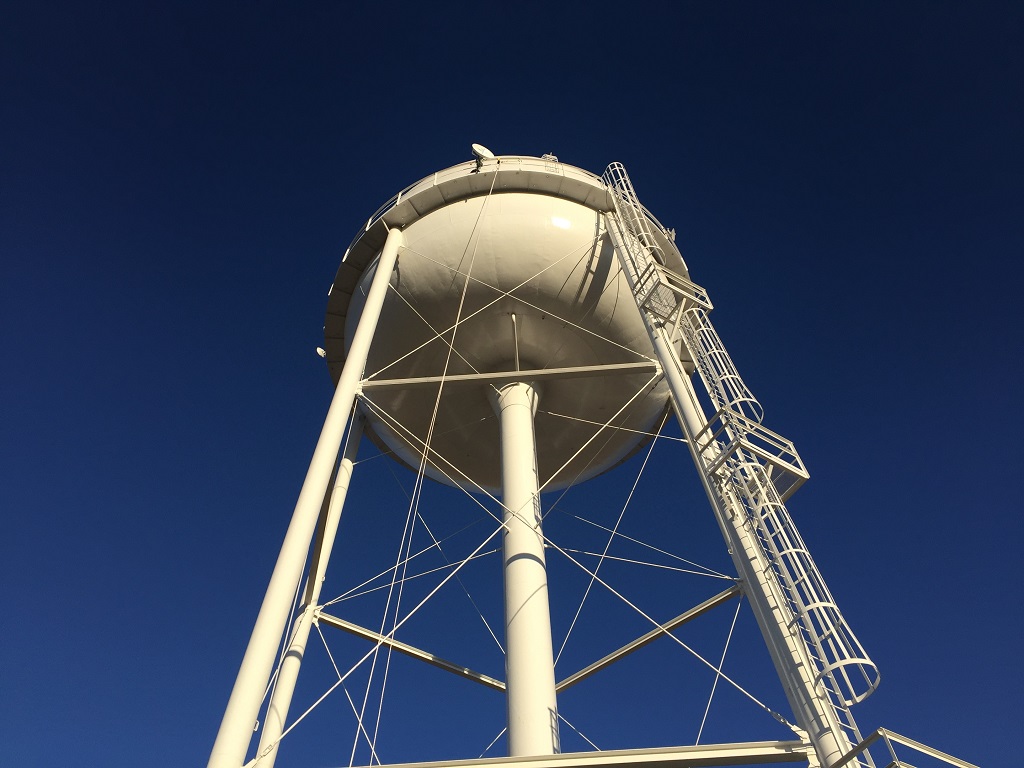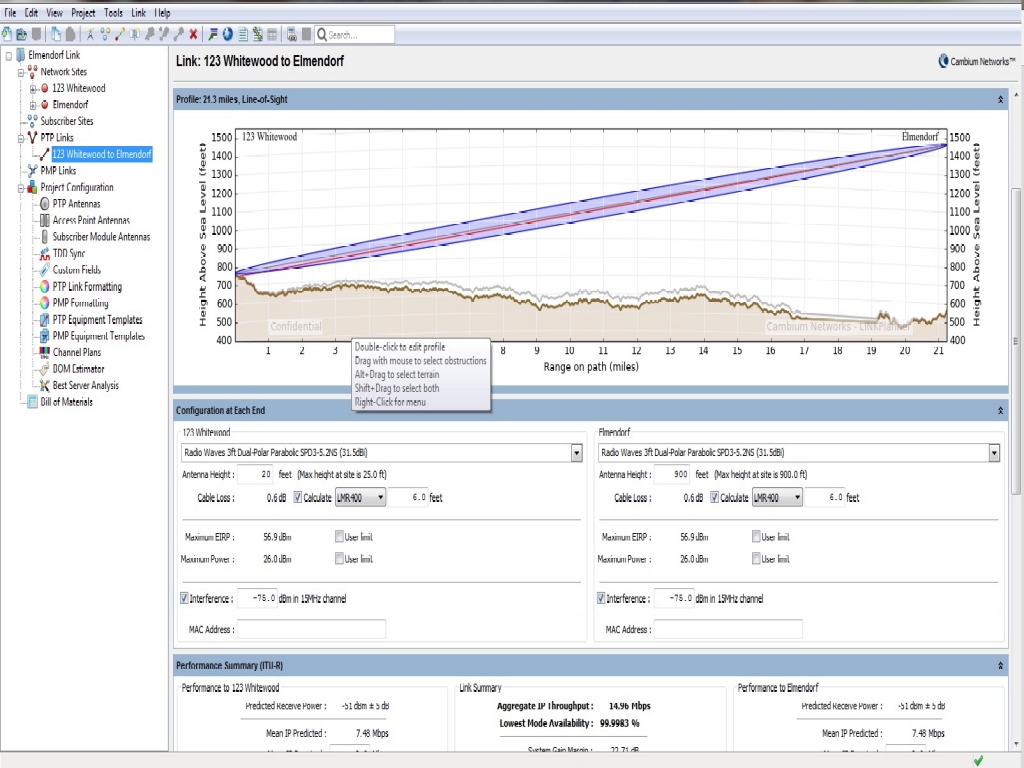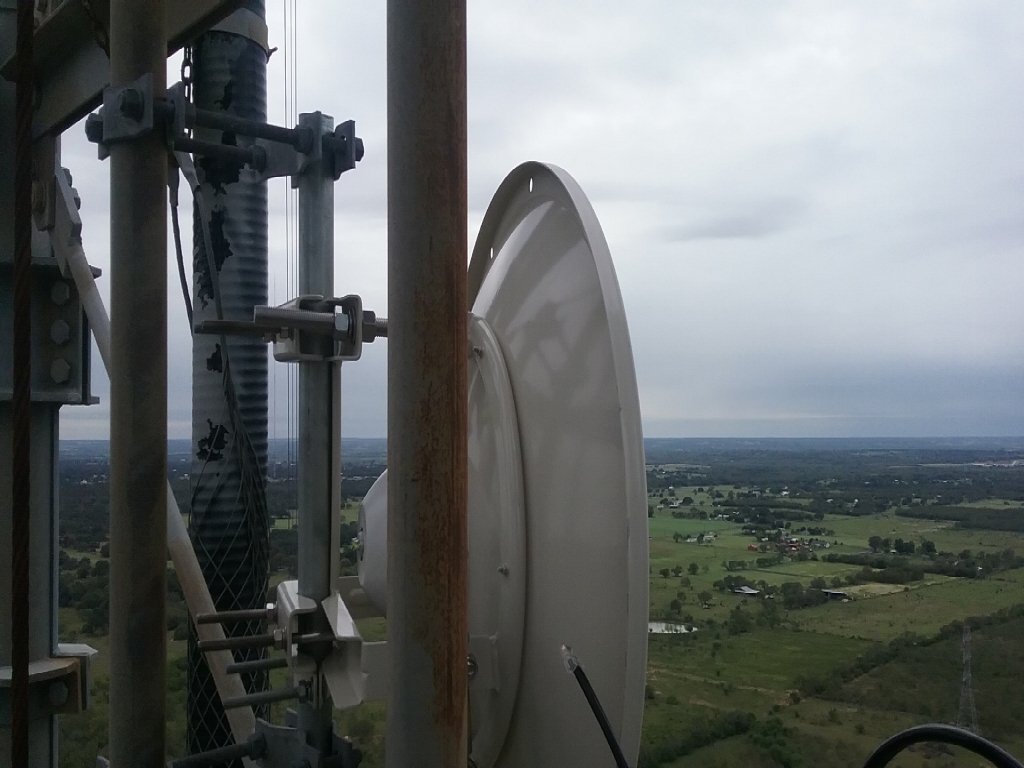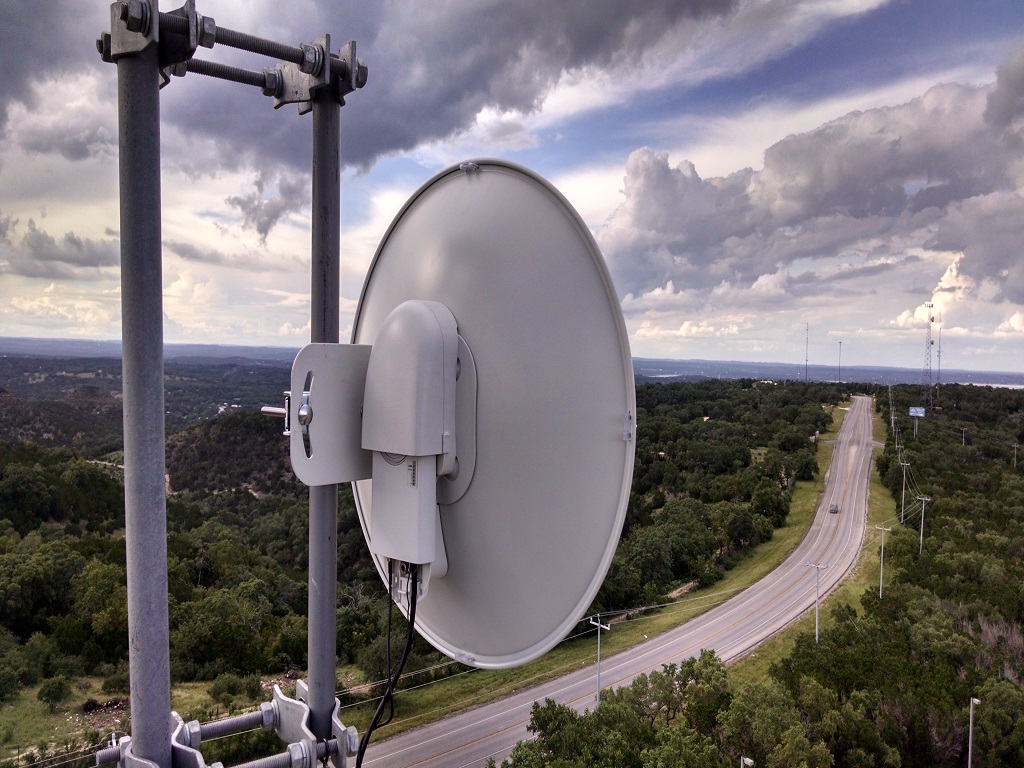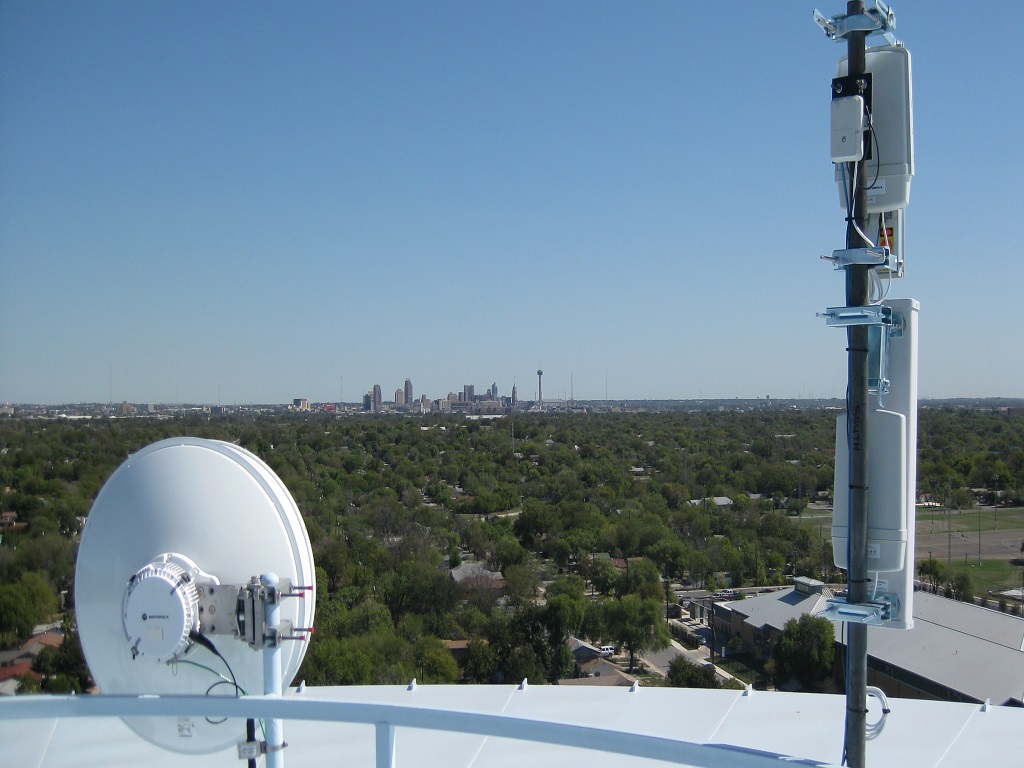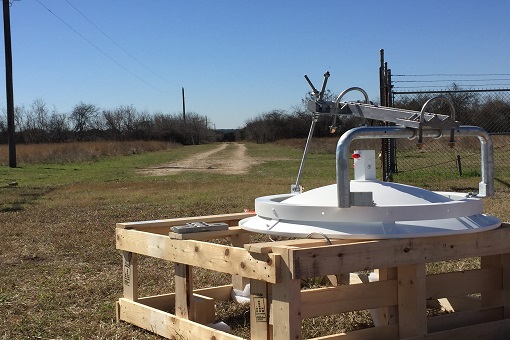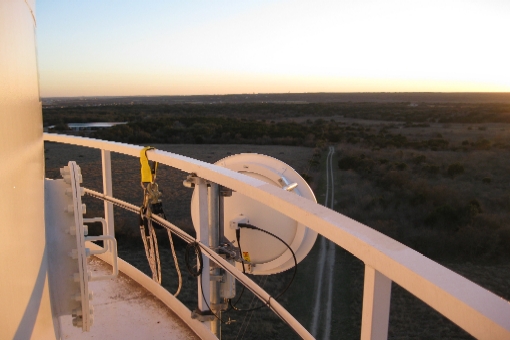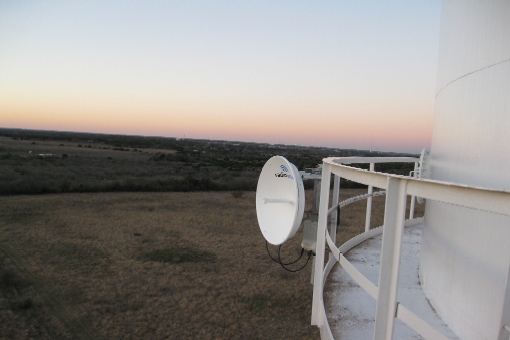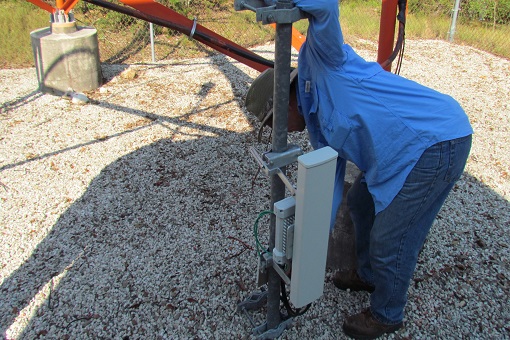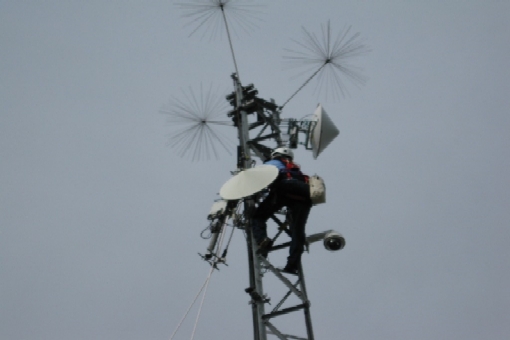Point to Point Microwave & Wireless Broadband
Point to Point Microwave transmission is the transmission of information or energy by microwave radio waves. Microwaves are widely used for point-to-point communications because their small wavelength allows conveniently-sized antennas to direct them in narrow beams, which can be pointed directly at the receiving antenna. This allows nearby microwave equipment to use the same frequencies without interfering with each other, as lower frequency radio waves do. Another advantage is that the high frequency of microwaves gives the microwave band a very large information-carrying capacity; the microwave band has a bandwidth 30 times that of all the rest of the radio spectrum below it. A disadvantage is that microwaves are limited to line of sight propagation; they cannot pass around hills or mountains as lower frequency radio waves can. Microwave radio relay is a technology for transmitting digital and analog signals, such as long-distance telephone calls, television programs, and computer data, between two locations on a line of sight radio path. In microwave radio relay, microwaves are transmitted between the two locations with directional antennas, forming a fixed radio connection between the two points. The requirement of a line of sight limits the distance between stations. Precise distance between stations of a microwave link is a design decision based on path study analysis of terrain, altitude, economics of tower construction and required reliability of the link.
Planning
Because the radio waves travel in narrow beams confined to a line-of-sight path from one antenna to the other, they don't interfere with other microwave equipment, so nearby microwave links can use the same frequencies, called frequency reuse. Antennas must be highly directional (high gain); these antennas are installed in elevated locations such as large radio towers in order to be able to transmit across long distances. Typical types of antenna used in radio relay link installations are parabolic antennas, dielectric lens, and horn-reflector antennas, which have a diameter of up to 4 meters. Highly directive antennas permit an economical use of the available frequency spectrum, despite long transmission distances. Because of the high frequencies used, a line-of-sight path between the stations is required. Additionally, in order to avoid attenuation of the beam an area around the beam called the first Fresnel zone must be free from obstacles. Obstacles in the signal field cause unwanted attenuation. High mountain peak or ridge positions are often ideal Obstacles, the curvature of the Earth, the geography of the area and reception issues arising from the use of nearby land (such as in manufacturing and forestry) are important issues to consider when planning radio links. In the planning process, it is essential that "path profiles" are produced, which provide information about the terrain and Fresnel zones affecting the transmission path. The presence of a water surface, such as a lake or river, along the path also must be taken into consideration as it can reflect the beam, and the direct and reflected beam can interfere at the receiving antenna, causing multipath fading. Multipath fades are usually deep only in a small spot and a narrow frequency band, so space and/or frequency diversity schemes can be applied to mitigate these effects. The effects of atmospheric stratification cause the radio path to bend downward in a typical situation so a major distance is possible as the earth equivalent curvature increases from 6370 km to about 8500 km (a 4/3 equivalent radius effect). Rare events of temperature, humidity and pressure profile versus height, may produce large deviations and distortion of the propagation and affect transmission quality. High intensity rain and snow making rain fade must also be considered as an impairment factor, especially at frequencies above 10 GHz. All previous factors, collectively known as path loss, make it necessary to compute suitable power margins, in order to maintain the link operative for a high percentage of time, like the standard 99.99% or 99.999% used in 'carrier class' services of most telecommunication operators.
Point to point wireless network links connect two locations together through line of sight (LOS), operating in either licensed or unlicensed frequencies. In the U.S., licensed connections use a private spectrum that the user has secured rights to from the Federal Communications Commission (FCC).
A few examples of use
* Backhaul of video surveillance.
* Building-to-Building campus connectivity.
* Extending voice service to a remote facility.
* Backhaul internet service.
* Backhaul enterprise WLAN.
* SCADA aplications backhaul.
* 2-Way radio network backhaul.
* Network Redundancy and Disaster Recovery.
Texas Radios, LLC provides Microwave and Broadband Wireless systems to the following industries.
- Education
- Healthcare
- Hospitality
- Manufacturing
- Mining
- Municipal
- Oil & Gas
- Petrochemical
- Property Management
- Public Safety
- Retail
- Utilities
Email or call today to discuss your needs.
Past Work
-
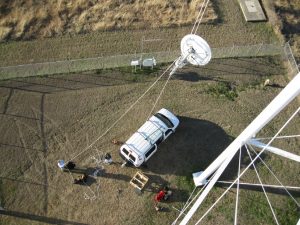
SCADA Backhaul
PTP Microwave backhaul for IH35 water delivery SCADA system.
-
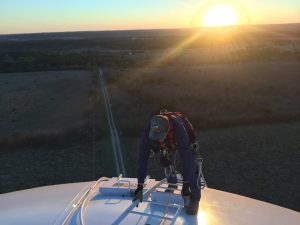
Water Tank Install
Installation of PTP SCADA backhaul link.
-
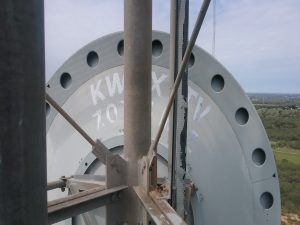
Broadcast TV Link
7 foot Broadcast TV microwave dish at 300'.
-
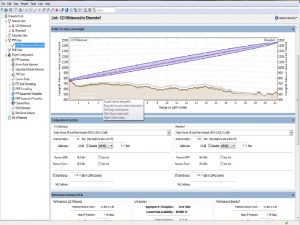
Path Study.
Broadband wireless link reliabilty study.
-
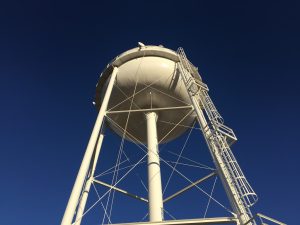
Completed Install
17 Mile completed Water Tank PTP 650 150MB link install.
-
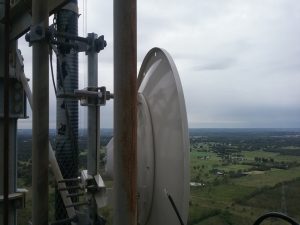
PTP Internet Link
Internet Backhaul for remote TV Transmitter site control.
-
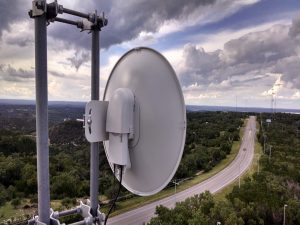
Video Link
Force 200 security video system 9 mile link.
-
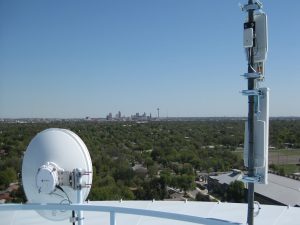
Backhaul & AP Panel
WAN network Backhaul and 360 deg Access Point Cluster.
